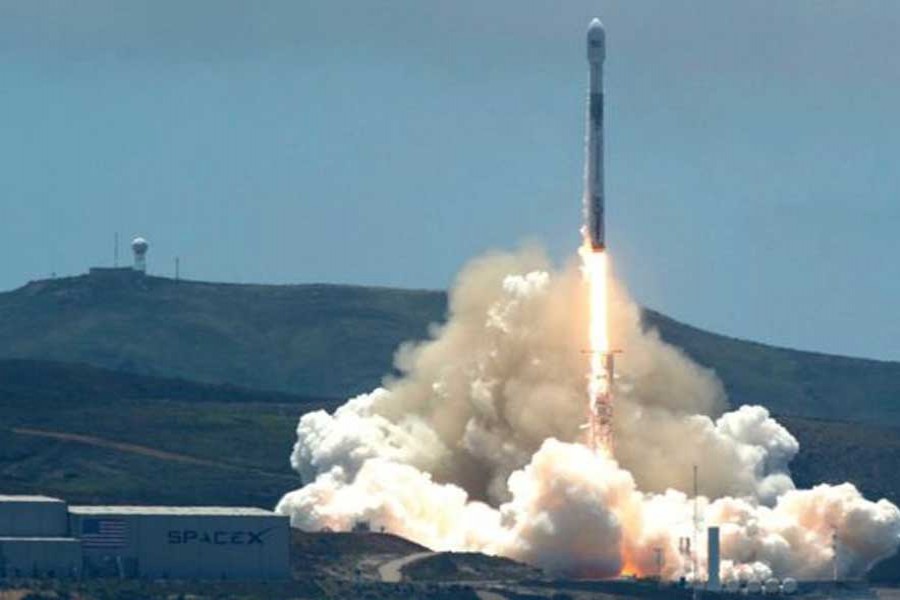A joint US-German mission has gone into orbit to weigh the water on Earth.
The Grace satellites are replacing a pair of highly successful spacecraft that stopped working last year.
Like their predecessors, the new duo will circle the globe and sense tiny variations in the pull of gravity that result from movements in mass.
These could be a signal of the land swelling after prolonged rains, or of ice draining from the poles as they melt in a warming climate.
The satellites were launched on Tuesday aboard a SpaceX rocket from the Vandenberg Air Force base in California.
It will take a number of weeks to prepare and test the spacecraft before they can start gathering data.
The first Gravity Recovery and Climate Experiment (Grace), which ran from 2002 to 2017, was widely regarded as transformative in the type of information it was able to gather, and maintaining the capability is now seen as a top priority for the American space agency (Nasa).
The follow-on mission again draws heavily on expertise from Europe, in particular from the German Research Centre for Geosciences (GFZ). Europe's biggest space company, Airbus, assembled the satellites at its factory in Friedrichshafen.
The Grace duo will obtain their data by executing a carefully calibrated pursuit in orbit, reports BBC.
As the lead spacecraft lurches and drags through the Earth's uneven gravity field, the second satellite will follow 220km behind, measuring changes in their separation to the nearest micron (a thousandth of a millimetre).
"That is about a tenth of the width of a human hair over the distance between Los Angeles and San Diego," Prof Frank Flechtner, the Grace-FO project manager at GFZ, told BBC News.
What the Grace concept is brilliant at sensing is the big changes that occur in the hydrological cycle.
These could, for example, be major movements of water from the ocean to the land during precipitation events.
"There was a period in 2011 when sea-level rise slowed down and went in the other direction very briefly," explained Nasa project project scientist Dr Frank Webb.
"From the Grace data we could see there were heavy rain seasons in Australia and South America, and that equivalent of mass was going into storage on land. Eventually, it was released back to the oceans and sea-level rise continued."


